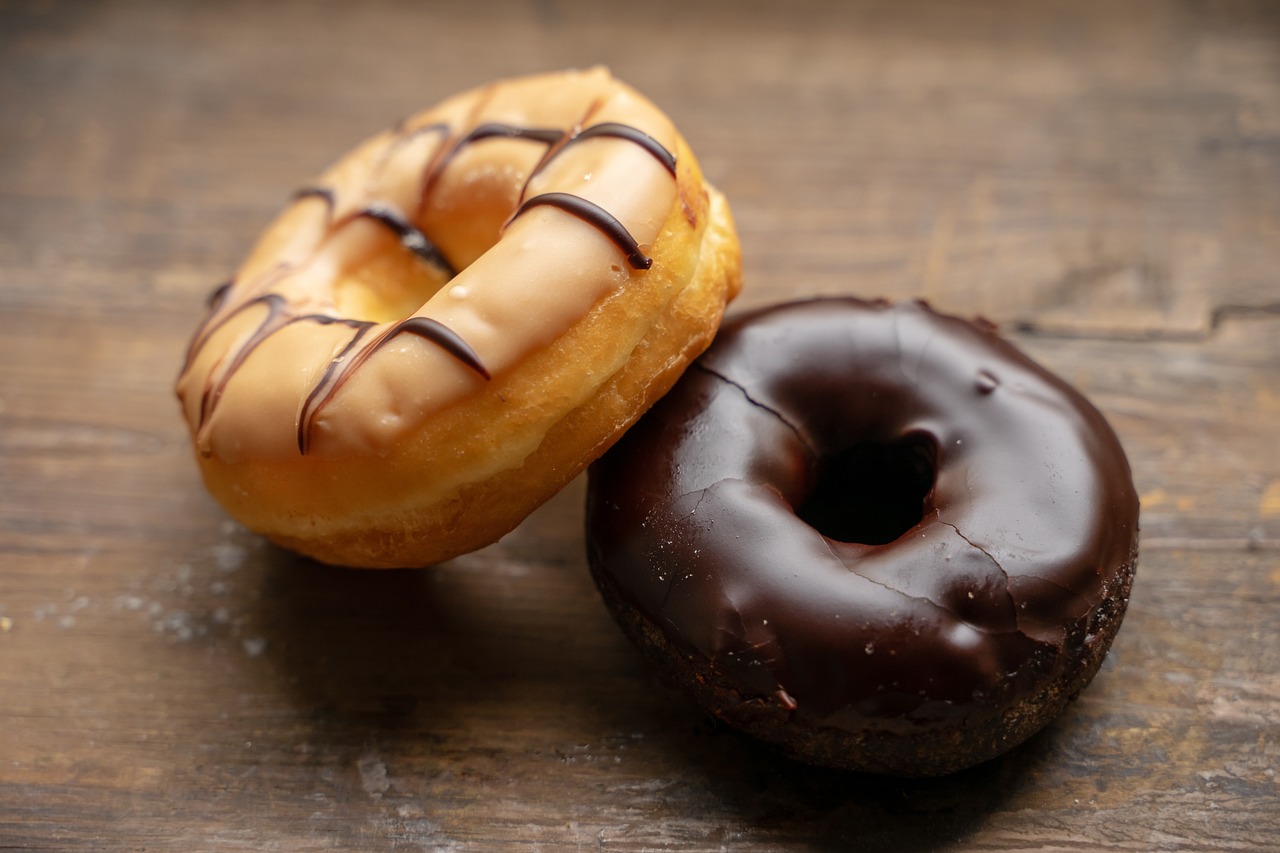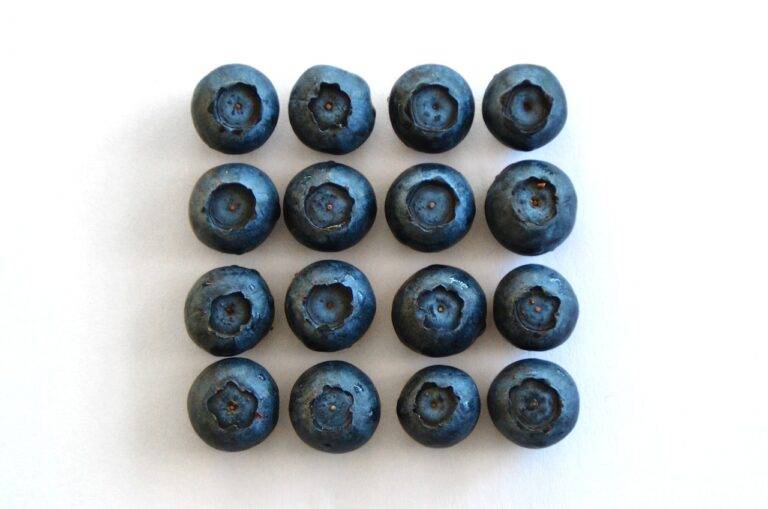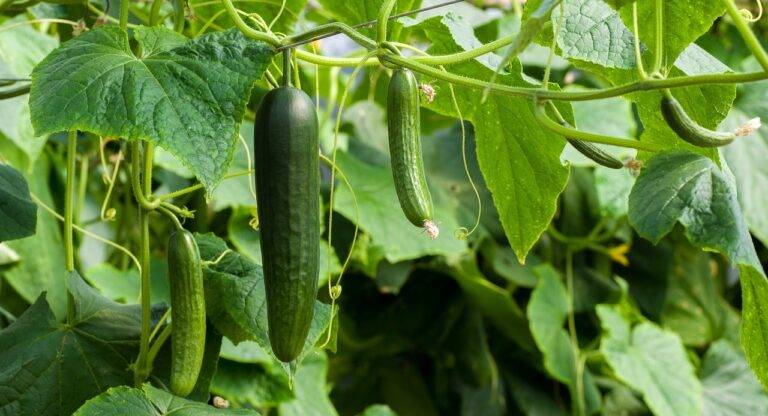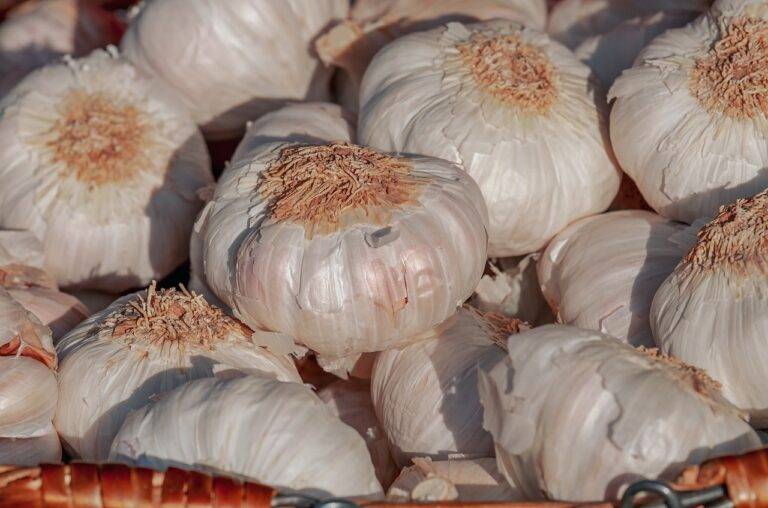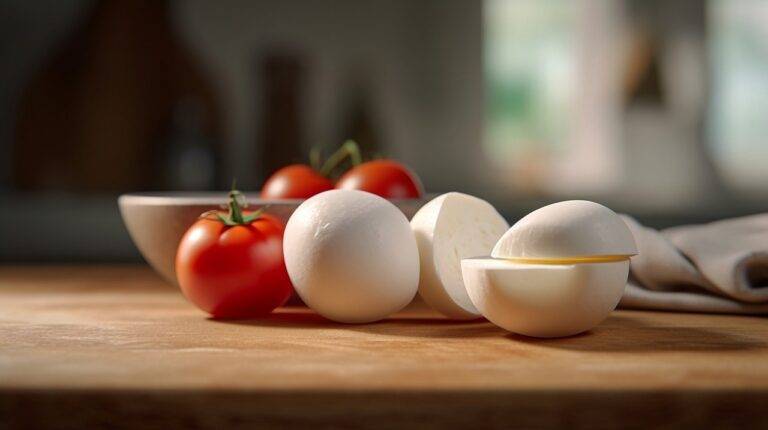The Art of Food Preservation: Modern Innovations and Techniques
Food preservation is a time-honored technique that has been practiced by civilizations for centuries. The main objective of preserving food is to prolong its shelf life and prevent spoilage, ultimately ensuring a stable food supply throughout the year. Various methods such as drying, canning, freezing, and pickling have been developed to achieve this goal.
These preservation methods work by inhibiting the growth of microorganisms and enzymes that lead to food spoilage. By reducing moisture content, altering pH levels, or exposing food to extreme temperatures, the growth of bacteria, molds, and yeast is slowed down or altogether halted. This not only extends the storage life of food but also helps retain its nutritional value and flavor.
Benefits of Modern Food Preservation Techniques
Modern food preservation techniques offer numerous advantages that have revolutionized the way we store and consume food. These techniques help extend the shelf life of perishable foods, reducing food waste and enabling us to enjoy fresh produce year-round. By inhibiting the growth of bacteria, mold, and other harmful microorganisms, modern preservation methods ensure that our food remains safe for consumption for a longer period.
Additionally, modern food preservation techniques help retain the nutritional quality and flavor of foods, maintaining their freshness and taste even after prolonged storage. This preservation process also allows for convenient meal planning and bulk food preparation, making it easier to save time and money in the long run. Overall, the benefits of modern food preservation techniques go beyond just preserving food; they contribute to sustainable living practices and promote a more efficient use of resources in the food industry.
What is food preservation?
Food preservation is the process of treating and handling food in a way that prevents spoilage and extends its shelf life.
What are some traditional methods of food preservation?
Traditional methods of food preservation include drying, salting, smoking, pickling, and fermenting.
What are modern food preservation techniques?
Modern food preservation techniques include refrigeration, freezing, canning, pasteurization, vacuum packaging, and irradiation.
What are the benefits of modern food preservation techniques?
The benefits of modern food preservation techniques include extended shelf life, reduced food spoilage, preservation of nutrients, convenience, and increased food safety.
How does refrigeration help in food preservation?
Refrigeration helps in food preservation by slowing down the growth of bacteria and other microorganisms that cause food spoilage.
What is pasteurization and how does it help in food preservation?
Pasteurization is a process of heating food to kill harmful bacteria and pathogens. It helps in food preservation by extending the shelf life of dairy products and juices.
Are there any drawbacks to modern food preservation techniques?
While modern food preservation techniques have many benefits, some drawbacks include the use of chemicals in certain processes and the potential loss of some nutrients during preservation.

